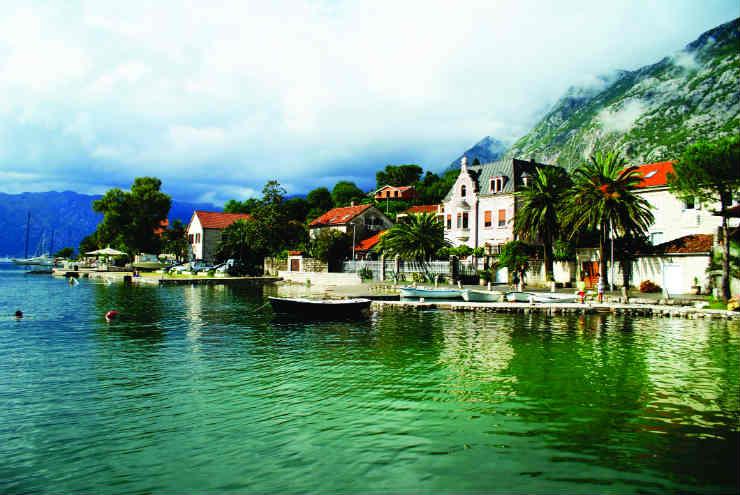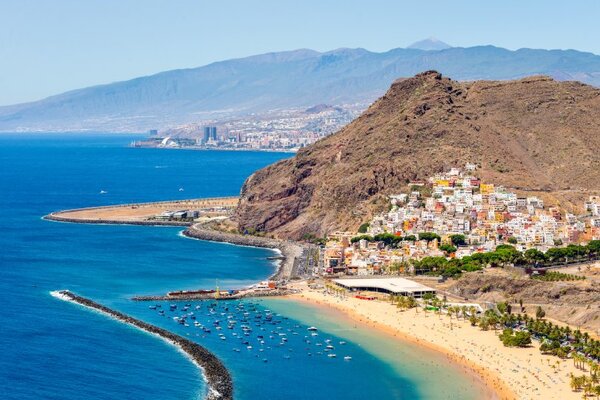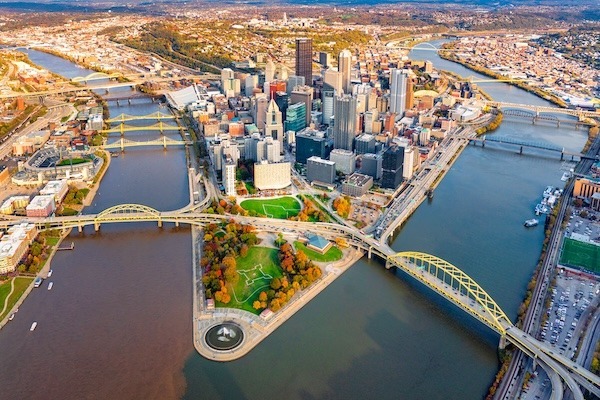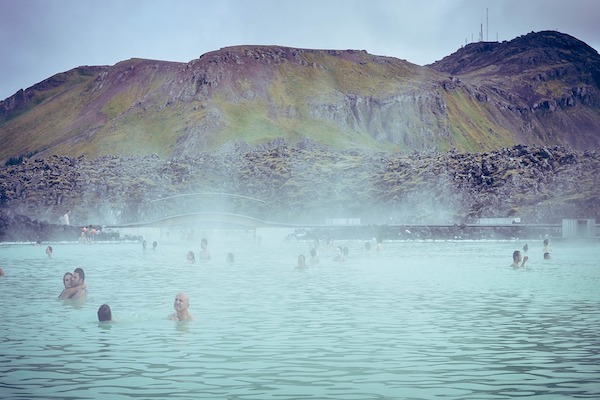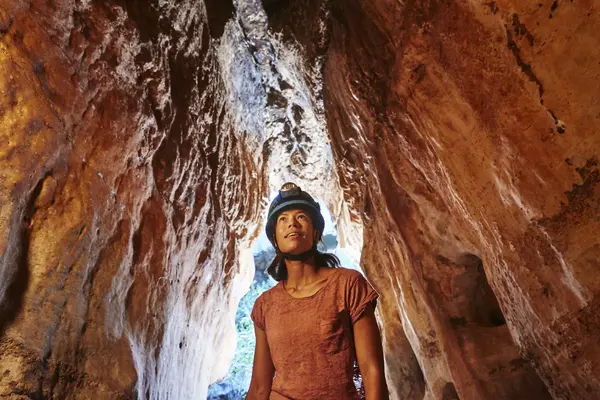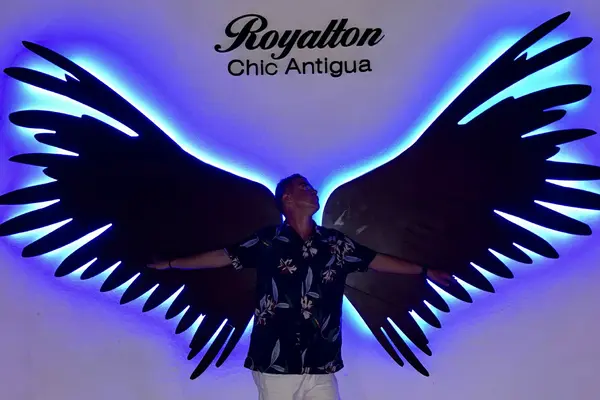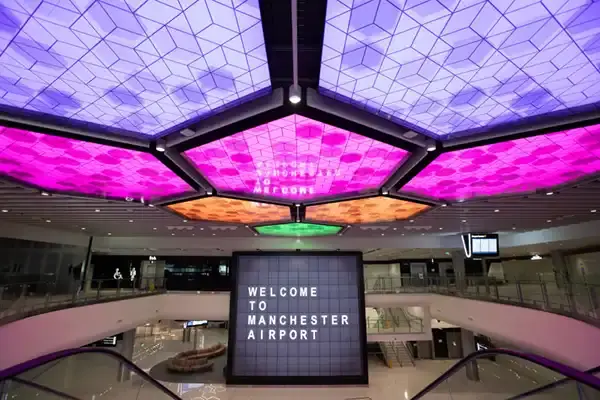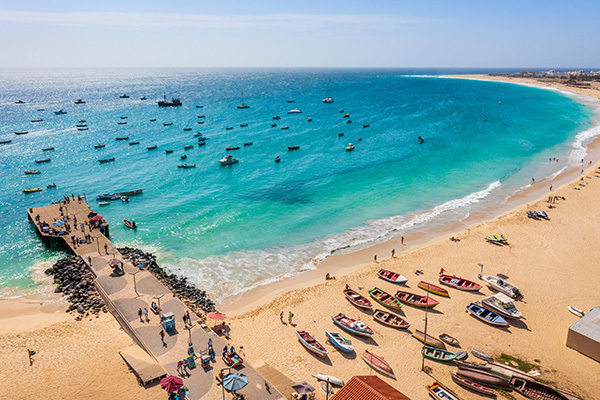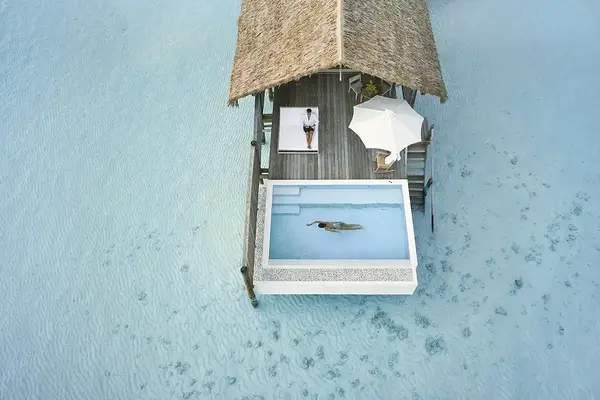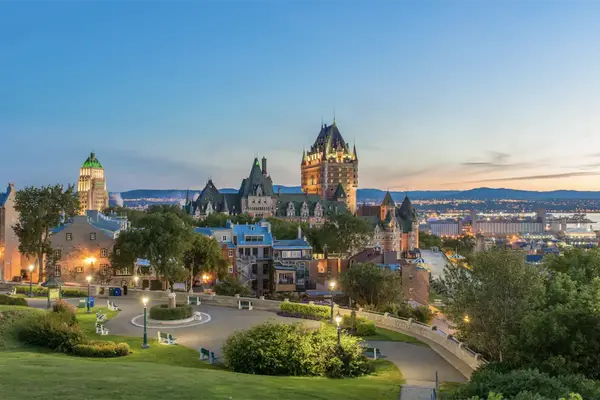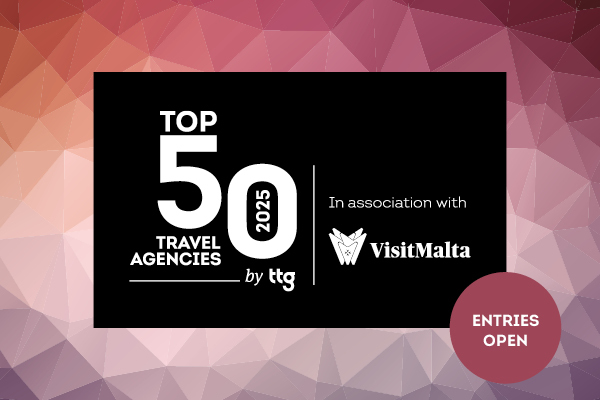On Our Radar: Beautiful Montenegro
Since gaining independence in 2006, the southern Adriatic state has been looking to shake off the past and share its wonders with the world.
A land steeped in such natural beauty it is often called the pearl of the Mediterranean; Montenegro is a destination in its infant stages of developing tourism.
I met up with Emil Kukalj, strategic planning and product development manager for Montenegro’s tourism board, at the Montenegro National Tourism Office event last week. He began by describing the significance of the UK market: “In 2015, Montenegro saw 40,000 tourists come from the UK out of an overall total 1.5 million – today we expect a lot of buyers.” This is an impressive figure for such a small country, Kukalj was pleased to inform me, and this visit was a chance for Montenegro to increase the numbers. Currently tourism is responsible for one-fifth of the county’s GDP.
He explained that the success to date was down to the direct air-links that Montenegro shares with the UK. It has two main airports – one in Tivat serving the coast and the other in Podgorica, the capital. “This month easyJet will start flying from Manchester to Tivat, an exciting development,” he said. EasyJet will also add Gatwick-Tivat from mid-June. Already Montenegro Airlines offers seasonal flights from Gatwick and Ryanair flies from Stansted to Podgorica.
Part of Montenegro’s appeal lies in its size; it is small, only 5,333 square miles. This means it’s possible to relax on the Adriatic beaches then head to view Ostrog Monastery north of the capital in the same day. The region offers attractions such as the city of Bar, which is home to one of the oldest trees in the world. According to folklore, feuding families would come to the 2,000-year-old olive to make peace. The fortified port of Kotor, a Unesco site, has more than 50% of the country’s cultural heritage. Highlights include the Gurdic Gate, St Tryphon’s Cathedral and Maritime Museum of Montenegro.
While many of these attractions will be buzzing with tourists in the height of summer, the tourism board’s objective is to extend the season. “During the summer there is a lot of pressure on the country’s infrastructure,” explained Kukalj. “The roads and cities are pushed to the limit. We want to develop the shoulder seasons from May to October, with more emphasis on active holiday products such as hiking and biking. We are trying to encourage tourists to enjoy Montenegro all year round.”
